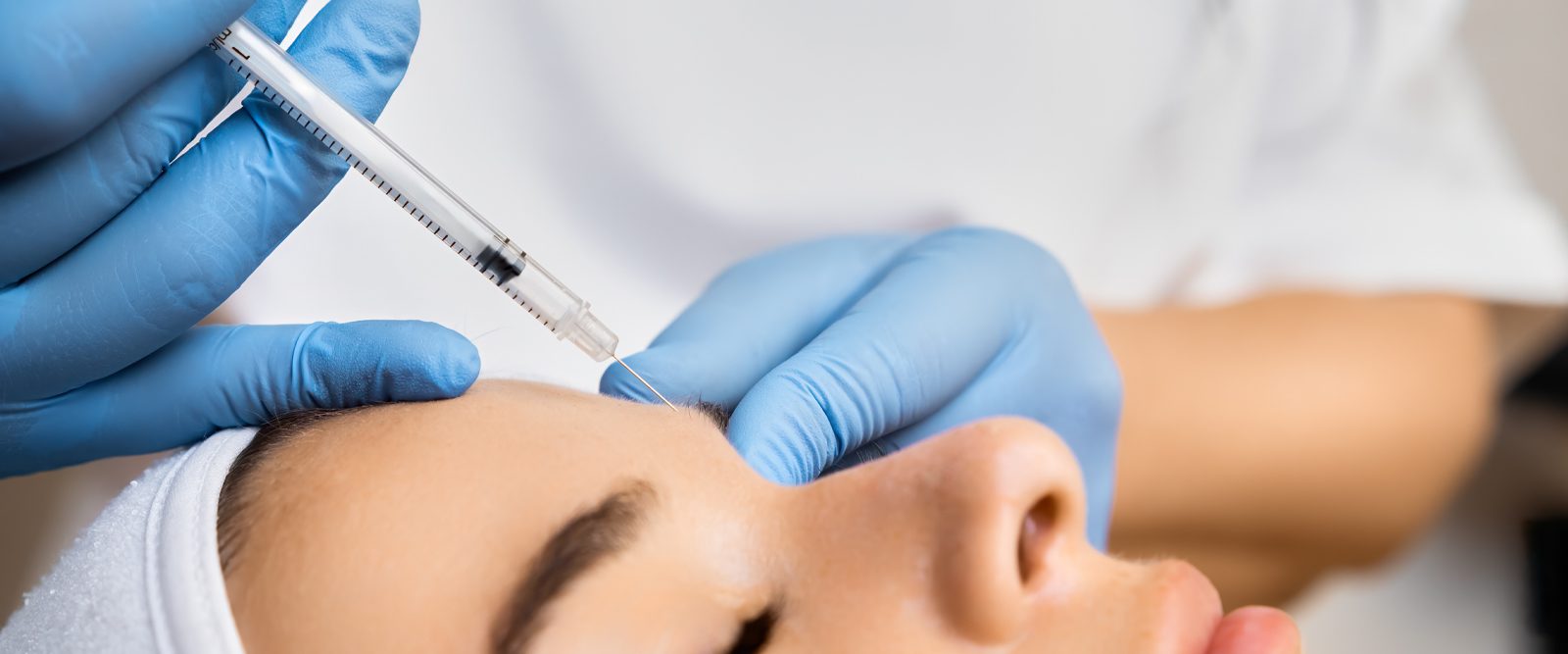Botox: How and Where It Can Be Used Safely
A board-certified dermatologist shares precautions people can take to ensure they receive authentic versions of botulinum toxin injections.

Earlier this year, the Food and Drug Administration (FDA) issued an alert that counterfeit versions of Botox were found in several states across the United States, including New York. There were 17 cases of people who had adverse health effects after receiving these unsafe versions of the product, like blurred or double vision, shortness of breath, and difficulty swallowing, which resulted in 13 hospitalizations, a report from the Centers for Disease Control and Prevention noted.

Dr. Shari Lipner
Botulinum toxin injections, such as Botox, are one of the most common cosmetic procedures performed around the world. About 3 million injections are administered each year, studies show. They’re often used to improve the appearance of the upper face, says Dr. Shari Lipner, a board-certified dermatologist at NewYork-Presbyterian/Weill Cornell Medical Center. “It reduces facial lines in the forehead, those between the eyebrows known as 11’s, as well as the side of eyes, called crow’s feet.”
Given how widely used it is, safety should be of utmost concern for patients, says Dr. Lipner, who is also an associate professor of clinical dermatology at Weill Cornell Medicine. “People can get great results with these injections, and it is a relatively noninvasive procedure, but they need to be smart for themselves.”
The FDA advises consumers to confirm with their health care professional that they are receiving botulinum toxin injections from an authorized source before getting the procedure done, and to ask the health care professional if they are licensed and trained to administer it. “By seeing a board-certified dermatologist, you ensure that you will have a great result and prevent serious health affects linked to counterfeit versions of Botox,” says Dr. Lipner.
How to Spot Authentic Packaging
Botox for cosmetic purposes that is approved by the FDA is available in 50-, 100-, and 200-unit vials. The FDA notes that on the outer carton and vial, it will display one of the following:
- “BOTOX® COSMETIC / onabotulinumtoxinA / for injection”
- “OnabotulinumtoxinA / BOTOX® / for injection”
The manufacturer on the outer carton would be one of the following:
- “Allergan Aesthetics / An AbbVie Company”
- “Allergan”
- “abbvie”
For reference, the FDA provides images of outer cartons of authentic Botox, as well as examples of counterfeit packing and vials.
How Cosmetic Forms of Botulinum Toxin Injections Work
Botox is one of the botulinum toxin injection brands that most people are familiar with. Besides Botox, there are several others, such as Dysport, Xeomin, and Jeuveau. “Cosmetically, it works by relaxing muscles in the upper face, and makes people look more relaxed and younger,” explains Dr. Lipner. “These injections produce paralysis by blocking the release of acetylcholine. This is a neurotransmitter that plays a role in brain and body functions. It is what allows muscles to contract.”
Before administering it, dermatologists receive botulinum toxin in a powder form. “We re-constitute the powder with saline or saltwater,” says Dr. Lipner. “And then we use tiny needles to inject the medication into the upper face. Most patients do not feel any pain afterwards. There can be minimal redness and swelling. I encourage patients to ice in my office or at home.”
The treatment will become active between 1 and 7 days after a patient receives injections. “In terms of getting additional treatments, it all depends on the person,” she adds. “I tell my patients that if they love it, they can repeat it when it wears off. It generally lasts 3 to 4 months. But if they don’t love the results, then it will completely wear off and they will go back to exactly how it was before.”
When used properly, botulinum toxin injections are considered completely safe for cosmetic use. However, with more medi-spas and wellness centers offering injections, people should be extra careful about who they go to and be aware of what treatment they are getting.
“People can get great results, but safety is the number one priority,” emphasizes Dr. Lipner. “And that means going to a board-certified dermatologist who has years of training and taking precautions to stay safe from counterfeits versions, like reviewing the packaging beforehand.”
Shari Lipner, M.D., Ph.D., is a board-certified dermatologist at NewYork-Presbyterian/Weill Cornell Medical Center and an associate professor of clinical dermatology at Weill Cornell Medicine. She treats patients with skin, hair and nail conditions, as well as skin cancers, and cosmetic concerns. She has authored more than 465 manuscripts, 14 book chapters on skin and nail diseases and cosmetics, lectures internationally, and is frequently called upon by the media for her expert opinion.
